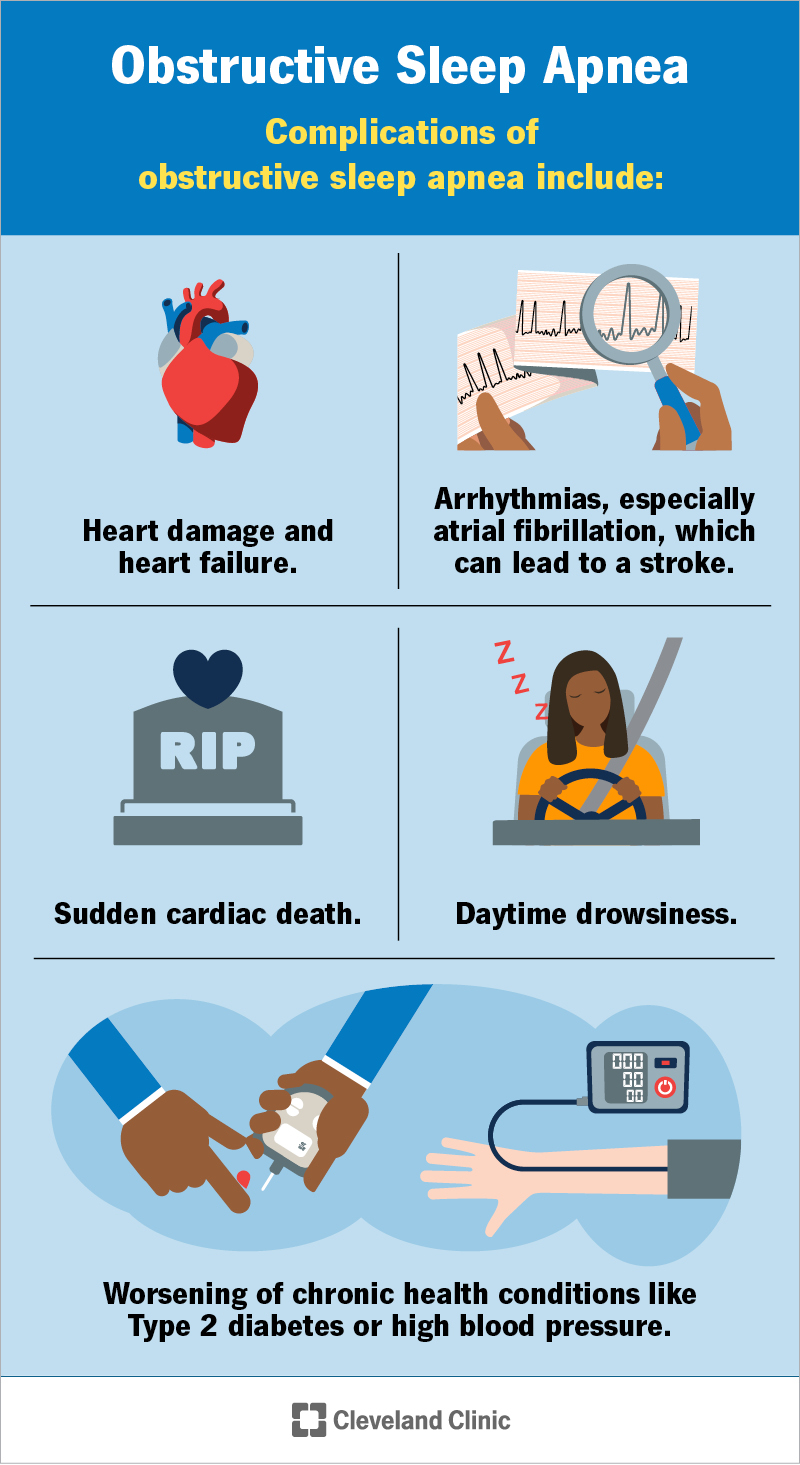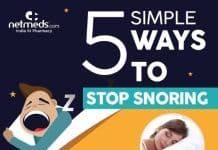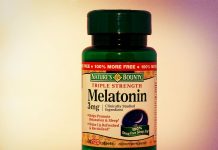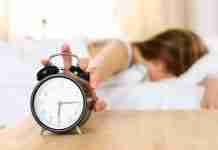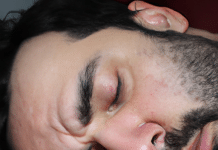Have you ever wondered what happens to your body when you sleep? Or why do you sometimes wake up tired and groggy, even after a seemingly long night of rest? Well, we have the answers for you.
This article will unravel the mystery behind a common sleep disorder called sleep apnea. You may have heard the term, but do you know what it means? Join us as we explore the fascinating world of sleep apnea and discover how it can impact your overall health and well-being.
Get ready to dive into a topic that will leave you wide awake with knowledge! Sleep apnea is a sleep disorder characterized by pauses in breathing or shallow breaths during sleep.
These pauses can last a few seconds to a few minutes and occur multiple times throughout the night. This disruption in breathing can lead to decreased blood oxygen levels, affecting sleep quality and overall health.
Review contents
Obstructive Sleep Apnea
Obstructive sleep apnea (OSA) is the most common type. It occurs when the muscles in the back of the throat fail to keep the airway open, resulting in blocked or restricted airflow. This obstruction can lead to snoring, gasping, or choking during sleep and disrupted sleep patterns.
Central Sleep Apnea
Central sleep apnea (CSA) is less common when the brain fails to signal the muscles to breathe. Unlike OSA, which is caused by a physical obstruction, CSA is a neurological condition. Individuals with CSA may experience periods of no breathing or shallow breathing during sleep.
Complex Sleep Apnea Syndrome
Complex sleep apnea syndrome (CSAS) is a combination of both obstructive sleep apnea and central sleep apnea. It typically starts as OSA and then progresses to CSA after continuous positive airway pressure (CPAP) therapy. CSAS is a relatively rare form of sleep apnea.
Symptoms and Signs
Recognizing the symptoms and signs of sleep apnea is crucial for early detection and treatment. Here are some common indicators:
Loud Snoring
Loud, persistent snoring is one of the most prevalent sleep apnea symptoms. The restricted airflow in the airway causes the sound.
Gasping or Choking During Sleep
Individuals with sleep apnea may experience episodes of gasping or choking while asleep. These incidents occur when breathing resumes after a pause, leading to a sudden air intake.
Daytime Fatigue and Sleepiness
Feelings of excessive tiredness and fatigue during the day are common in individuals with sleep apnea. This is a result of disrupted sleep throughout the night.
Morning Headaches
Waking up with a headache is a common symptom of sleep apnea. Decreased oxygen levels during paused or shallow breathing episodes can lead to headaches upon waking.
Difficulty Concentrating
Sleep apnea can affect cognitive function, making concentrating and focusing throughout the day challenging. This can impact work performance and daily activities.
Irritability and Depression
The lack of quality sleep caused by sleep apnea can lead to mood disturbances, including irritability and depression. It can also affect personal relationships and overall well-being.
Causes of Sleep Apnea
Several factors contribute to the development of sleep apnea, including:
Obesity
Excess weight and obesity are significant risk factors for sleep apnea. The accumulation of fat deposits in and around the throat can obstruct the airflow during sleep.
Narrowed Airway
Some individuals naturally have a narrower airway than others, making them more susceptible to sleep apnea. Anatomical abnormalities or certain medical conditions can also lead to a narrowed airway.
Family History
Genetics can play a role in the development of sleep apnea. If a close family member has sleep apnea, the risk of developing the condition may be higher.
Age
As individuals age, the muscles in the throat and tongue can lose their strength and tone, increasing the likelihood of airway collapse during sleep.
Gender
Men are more commonly affected by sleep apnea than women. However, the risk for women increases after menopause due to hormonal changes and potential weight gain.
Alcohol and Sedative Use
Consuming alcohol and certain medications, such as sedatives, can relax the throat muscles and contribute to sleep apnea episodes.
This image is the property of www.verywellhealth.com.
Diagnosis
Diagnosing sleep apnea involves a combination of medical history evaluation, physical examination, and sleep studies.
Medical History and Physical Examination
During the initial assessment, the doctor will ask about the individual’s sleep patterns, symptoms, and overall health. They may also conduct a physical examination to check for any physical obstructions or signs of other underlying conditions.
Sleep Study
A sleep study, known as a polysomnography, is the gold standard for diagnosing sleep apnea. This test is typically conducted overnight in a sleep center or at home using portable monitoring devices. It records various physiological parameters, such as brain activity, heart rate, breathing patterns, and oxygen levels during sleep.
Other Tests
In some cases, additional tests may be conducted to rule out other sleep disorders or determine sleep apnea’s severity. These tests may include an electrocardiogram (ECG), blood, or imaging studies.
Treatment Options
Effective treatment for sleep apnea depends on the severity of the condition and the underlying causes. Here are some treatment options:
Lifestyle Changes
Lifestyle modifications, such as weight loss, regular exercise, and healthy sleep habits, can significantly improve sleep apnea symptoms. Maintaining a healthy weight can reduce the severity of sleep apnea and decrease the risk of complications.
Continuous Positive Airway Pressure (CPAP)
CPAP therapy is a standard and highly effective treatment for sleep apnea. It involves wearing a mask over the nose or mouth during sleep, which delivers a continuous flow of air pressure to keep the airway open.
Bi-level Positive Airway Pressure (BPAP)
BPAP therapy is similar to CPAP but delivers varying air pressure levels during inhalation and exhalation. It is often prescribed for individuals with difficulty tolerating CPAP or requiring higher pressure settings.
Oral Appliances
Oral appliances, such as dental splints or mandibular advancement devices, can help improve airflow by repositioning the jaw and tongue. These devices are custom-made and worn during sleep.
Surgery
Surgical options may be considered for individuals with severe sleep apnea or those who do not respond to other treatments. Surgical procedures aim to remove obstructions in the airway or correct structural abnormalities contributing to sleep apnea.
This image is the property of www.mayoclinic.org.
Complications of Untreated Sleep Apnea
If left untreated, sleep apnea can lead to various health complications, including:
High Blood Pressure
Sleep apnea can cause elevated blood pressure levels, increasing the risk of cardiovascular problems such as heart attacks and strokes.
Heart Problems
Sleep apnea has been linked to an increased risk of heart disease, irregular heart rhythms, and heart failure.
Type 2 Diabetes
Sleep apnea is associated with insulin resistance and the development of type 2 diabetes.
Liver Problems
Sleep apnea can contribute to the onset or progression of non-alcoholic fatty liver disease (NAFLD), leading to liver inflammation and scarring.
Sleep-Deprived Partners
The loud snoring and intermittent pauses in breathing can significantly disrupt the sleep of bed partners, leading to their sleep-related problems.
Automobile Accidents
Daytime sleepiness and impaired cognitive function caused by sleep apnea can increase the risk of accidents, especially when driving or operating heavy machinery.
Prevention
While it may not be possible to prevent sleep apnea entirely, certain lifestyle modifications can help reduce the risk and severity of the condition:
Maintaining a Healthy Weight
Losing excess weight can significantly reduce sleep apnea risk and improve symptoms.
Sleeping Position
Sleeping on the side instead of the back can help prevent the tongue and soft tissues from blocking the airway.
Avoiding Alcohol and Sedatives
Limiting or avoiding the consumption of alcohol and sedative medications can help prevent relaxation of the throat muscles and decrease the likelihood of sleep apnea episodes.
Keeping Nasal Passages Open
Using nasal dilators or saline sprays can help keep the nasal passages open, facilitating better airflow during sleep.
Quitting Smoking
Smoking can contribute to airway inflammation and fluid retention, increasing the risk of sleep apnea. Quitting smoking can significantly benefit overall health, including reducing the risk of sleep apnea.
This image is the property of www.sleepcareonline.com.
When to See a Doctor
If you or your bed partner notice any of the following symptoms, it is essential to consult a healthcare professional for further evaluation:
Persistent Loud Snoring
Loud snoring that occurs regularly and is accompanied by other symptoms may indicate sleep apnea.
Pauses in Breathing During Sleep
If you notice that you or your bed partner stops breathing or has shallow breathing episodes during sleep, it could be a sign of sleep apnea.
Excessive Daytime Sleepiness
Feeling excessively tired or sleepy during the day despite getting adequate sleep, may be a symptom of sleep apnea.
Morning Headaches
Waking up with frequent headaches can indicate sleep apnea due to interrupted sleep patterns.
Witnessed Choking or Gasping Episodes
If your bed partner witnesses episodes of choking or gasping during your sleep, it may indicate sleep apnea and should be evaluated by a healthcare professional.
Conclusion
Sleep apnea is a severe medical condition that can significantly affect an individual’s overall health and quality of life. Recognizing the symptoms and seeking proper diagnosis and treatment is essential to prevent potential complications. By understanding sleep apnea and its causes, individuals can take the necessary steps to improve their sleep quality and overall well-being. With the variety of treatment options available, managing sleep apnea is possible, allowing individuals to regain restful sleep and enjoy a healthier life.
This image is the property of my.clevelandclinic.org.





